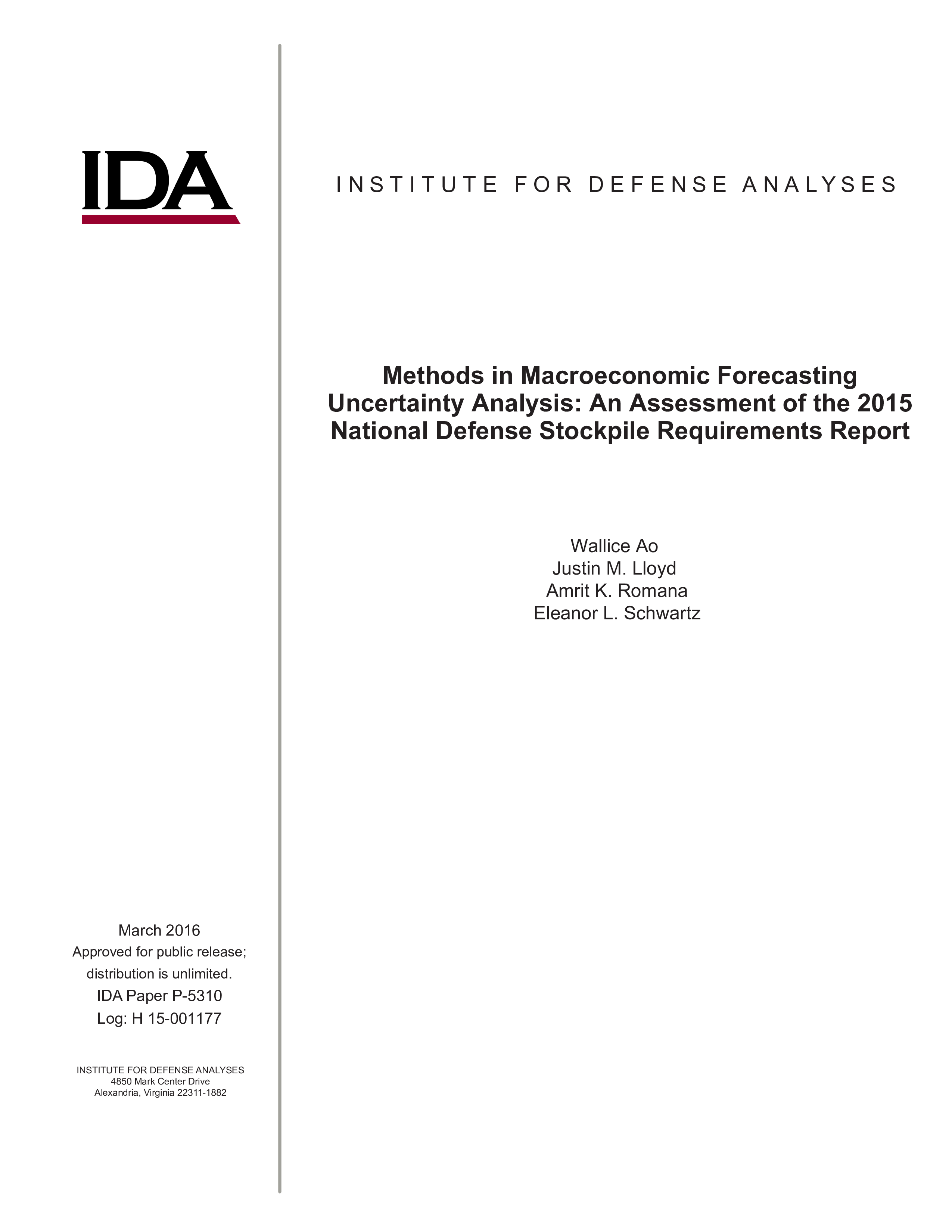To sustain the essential civilian economy and provide for the national defense during a national emergency scenario, the United States (U.S.) Department of Defense maintains a stockpile of strategic materials that are critical to the national industrial base. The types and quantities of materials selected for the national defense stockpile is guided by a biennial report to the U.S. Congress, the National Defense Stockpile (NDS) report. The law requiring the NDS report also mandates parametric sensitivity studies of the primary planning scenario analyzed in the report. Addressing this mandate, some previous NDS reports comprise a bounded uncertainty analysis of U.S. economic forecasts as part of the sensitivity studies. In these studies, the baseline macroeconomic forecast that supports material demand calculations is systematically perturbed and used to recalculate stockpile requirements, characterizing the sensitivity of stockpile needs to macroeconomic forecast uncertainty. This paper provides an overview of the possible approaches to modeling uncertainty in the macroeconomic analysis of the NDS report, along with a discussion of their relative merits. The underlying theory, methodology, and results of the uncertainty analysis are explained and discussed. Some conclusions and recommendations for future analysis protocols are also presented.

